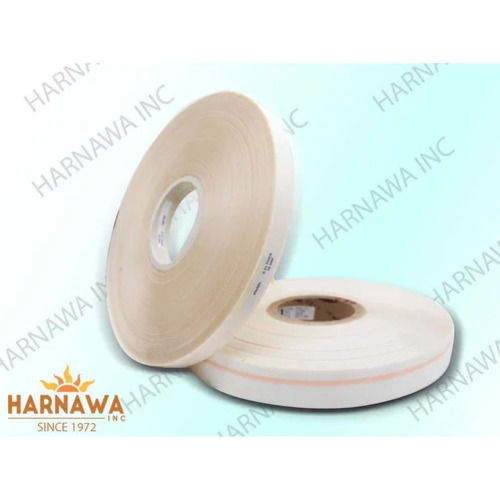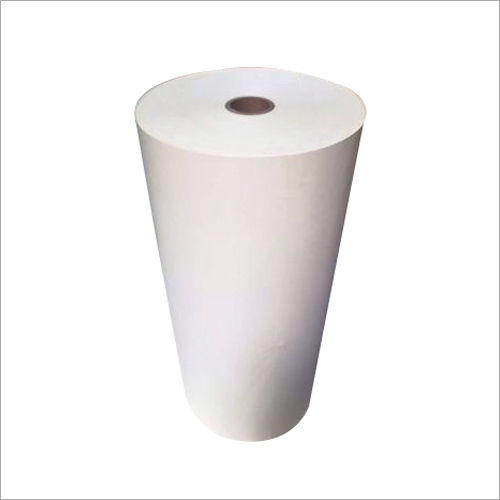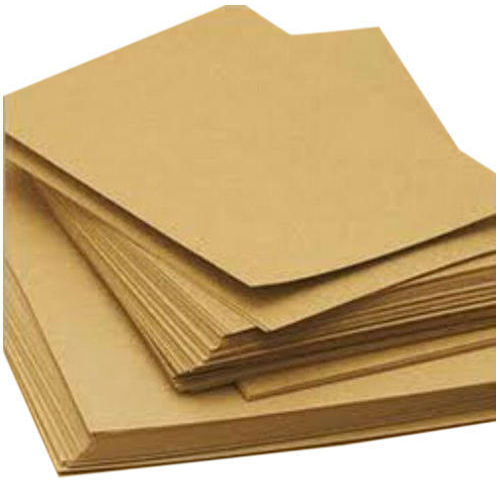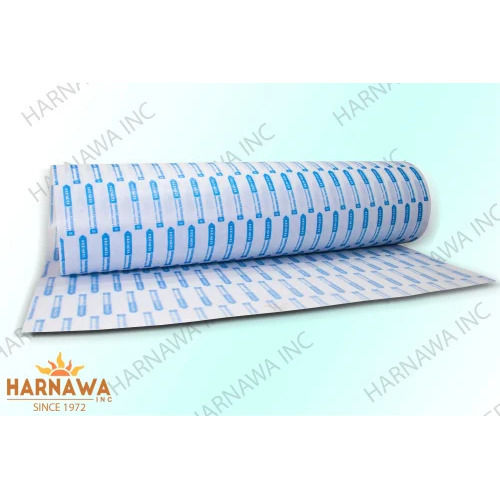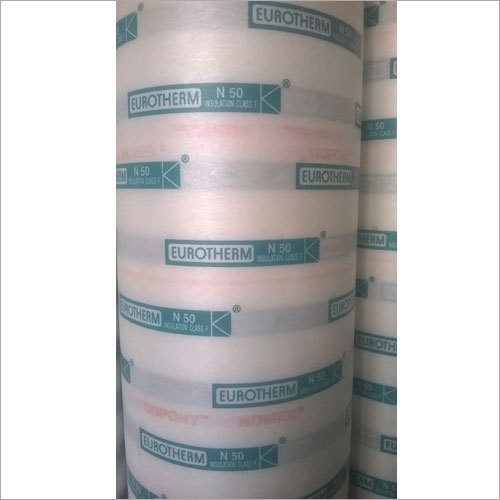
Eurotherm Laminated Nomex Paper NPN
690 INR/Kilograms
Product Details:
- Material Polyester Film
- Size Standard
- Thickness 2.1 Millimeter (mm)
- Width 910 Millimeter (mm)
- Color White
- Click to view more
X
Eurotherm Laminated Nomex Paper NPN Price and Quantity
- 690 INR/Kilograms
- 25 Kilograms
Eurotherm Laminated Nomex Paper NPN Specification
- 910 Millimeter (mm)
- Standard
- White
- Polyester Film
- 2.1 Millimeter (mm)
Eurotherm Laminated Nomex Paper NPN Information
- 1000 Kilograms Per Month
- 7 Days
Product Description
Eurotherm Laminated Nomex Paper NPN is widely demanded in the market for its superior strength and excellent dielectric properties. It is manufactured by using the assured grade materials and latest technologies under guidance of our skilled professionals who ensure its flawless construction. It is widely utilized in the motors and generators as phase insulation, interphase insulation or slot insulation. It is highly resistant to chemicals and other fluids. Offered product is durable and accessible in a wide range of specifications as per requirements at affordable rates.
Eurotherm Laminated Nomex Paper Specifications:
1. Thickness: 2.1 mm
2. Operating Temperature: 155 degree centigrade
3. Width: 910 Millimeter
4. Type: Insulation Paper
5. Length: 2 m
6. Material: Polyester Film
Applications of Laminated Nomex Paper:
1. Electrical Insulation: Nomex paper is an excellent electrical insulator, and when laminated, it becomes even more effective at preventing electrical conductivity. It is used as insulation in transformers, motors, generators, and other electrical equipment to protect against short circuits and electrical breakdown.
2. Cable and Wire Insulation: Laminated Nomex paper is used to insulate cables and wires, especially in high-temperature environments. It provides thermal resistance and fire protection, making it ideal for applications where electrical wires need to be protected from heat and flames.
3. Slot Liners and Wedges: In electric motors and generators, laminated Nomex paper is often used as slot liners and wedges to insulate and protect the windings and coils from mechanical stress, electrical shorts, and thermal damage.
4. Flexible Printed Circuit Boards (PCBs): Nomex composite materials are sometimes used as substrates for flexible PCBs. They offer good thermal stability and mechanical flexibility, making them suitable for applications where traditional rigid PCBs may not be practical.
5. Gaskets and Seals: Laminated Nomex paper is used in gaskets and seals for high-temperature and pressure applications. Its resistance to heat and fire makes it valuable in sealing applications where safety is a concern.
6. Thermal Insulation: Nomex composites are used as thermal insulation in various industries, including aerospace, automotive, and industrial equipment. They help maintain temperature stability and protect sensitive components from extreme heat or cold.
7. Fire-resistant Clothing: While not a typical application for laminated Nomex paper, Nomex fiber itself is known for its use in fire-resistant clothing, such as firefighting suits and racing driver suits. The composite material might be used in certain layers for added protection.
8. Battery Insulation: In lithium-ion batteries, laminated Nomex paper can be used as an insulating material between the battery cells to prevent electrical shorts and provide thermal stability.
9. Aerospace Applications: Laminated Nomex composites are used in the aerospace industry for applications like aircraft interior panels, where lightweight, fire-resistant, and thermally stable materials are required.
10. High-Performance Gaskets: In industries where gaskets must withstand high temperatures and pressures, laminated Nomex paper is used to create durable and reliable seals.
11. Automotive Heat Shields: Laminated Nomex composites are used in the automotive industry for heat shields and insulation in engine compartments, exhaust systems, and other high-temperature areas.
12. Transformer Insulation: Nomex paper, including laminated variants, is used as insulation in transformers to prevent electrical breakdown and thermal degradation, ensuring the safe and efficient operation of these devices.
Laminated Nomex Paper FAQ:
1. What is laminated Nomex paper?
Ans: Laminated Nomex paper is a composite material made by bonding multiple layers of Nomex paper together with adhesive materials. Nomex is a brand of aramid fiber known for its excellent thermal and electrical insulation properties.
2. What are the key properties of laminated Nomex paper?
Ans: Laminated Nomex paper is valued for its thermal stability, electrical insulation, fire resistance, and mechanical strength. It can withstand high temperatures, is an effective electrical insulator, and is resistant to flames and chemicals.
3. Where is laminated Nomex paper commonly used?
Ans: This paper finds applications in various industries, including electrical and electronics (transformers, motors, cables), aerospace (interior panels), automotive (heat shields), and industrial (gaskets, seals, insulation).
4. What is the temperature range that laminated Nomex paper can withstand?
Ans: Laminated Nomex paper can typically withstand temperatures ranging from - 60 to 220 degree centigrade or higher, depending on the specific product and application.
5. Is laminated Nomex paper flame-resistant?
Ans: Yes, Nomex paper and laminated Nomex paper are known for their flame-resistant properties. They are often used in applications where fire protection is essential.
6. How is laminated Nomex paper manufactured?
Ans: This paper is produced by stacking multiple layers of Nomex paper and bonding them together using adhesive materials. The layers are then heat-pressed to create a strong, composite material.
7. What are some advantages of using laminated Nomex paper?
Ans: Advantages include excellent electrical insulation, high-temperature resistance, fire resistance, chemical resistance, and mechanical strength. It is also lightweight and flexible.
8. Can laminated Nomex paper be used in flexible applications, like PCBs?
Ans: Yes, this paper is used in flexible printed circuit boards (PCBs) due to its thermal stability and mechanical flexibility.
9. Are there different grades or types of laminated Nomex paper?
Ans: Yes, there are various grades and types of laminated Nomex paper available, each designed for specific applications. These may vary in thickness, adhesive type, and other properties.
10. Is laminated Nomex paper recyclable or environmentally friendly?
Ans: Nomex itself is a recyclable material, and efforts are made to recycle it when possible. However, the environmental impact can depend on factors like the adhesive used and disposal methods.
11. How is laminated Nomex paper different from plain Nomex paper?
Ans: Laminated Nomex paper is made by bonding multiple layers of Nomex paper together, whereas plain Nomex paper consists of a single layer. It offers enhanced mechanical strength and other specific properties required for certain applications.
12. Can laminated Nomex paper be used in high-voltage applications?
Ans: Yes, this paper is used in high-voltage electrical equipment such as transformers and generators due to its excellent electrical insulation properties.
13. Is laminated Nomex paper resistant to chemicals and oils?
Ans: This paper has good resistance to many chemicals and oils, making it suitable for use in environments where exposure to these substances is a concern.
Tell us about your requirement

Price:
Quantity
Select Unit
- 50
- 100
- 200
- 250
- 500
- 1000+
Additional detail
Mobile number
Email

 English
English Spanish
Spanish French
French German
German Italian
Italian Chinese (Simplified)
Chinese (Simplified) Japanese
Japanese Korean
Korean Arabic
Arabic Portuguese
Portuguese
